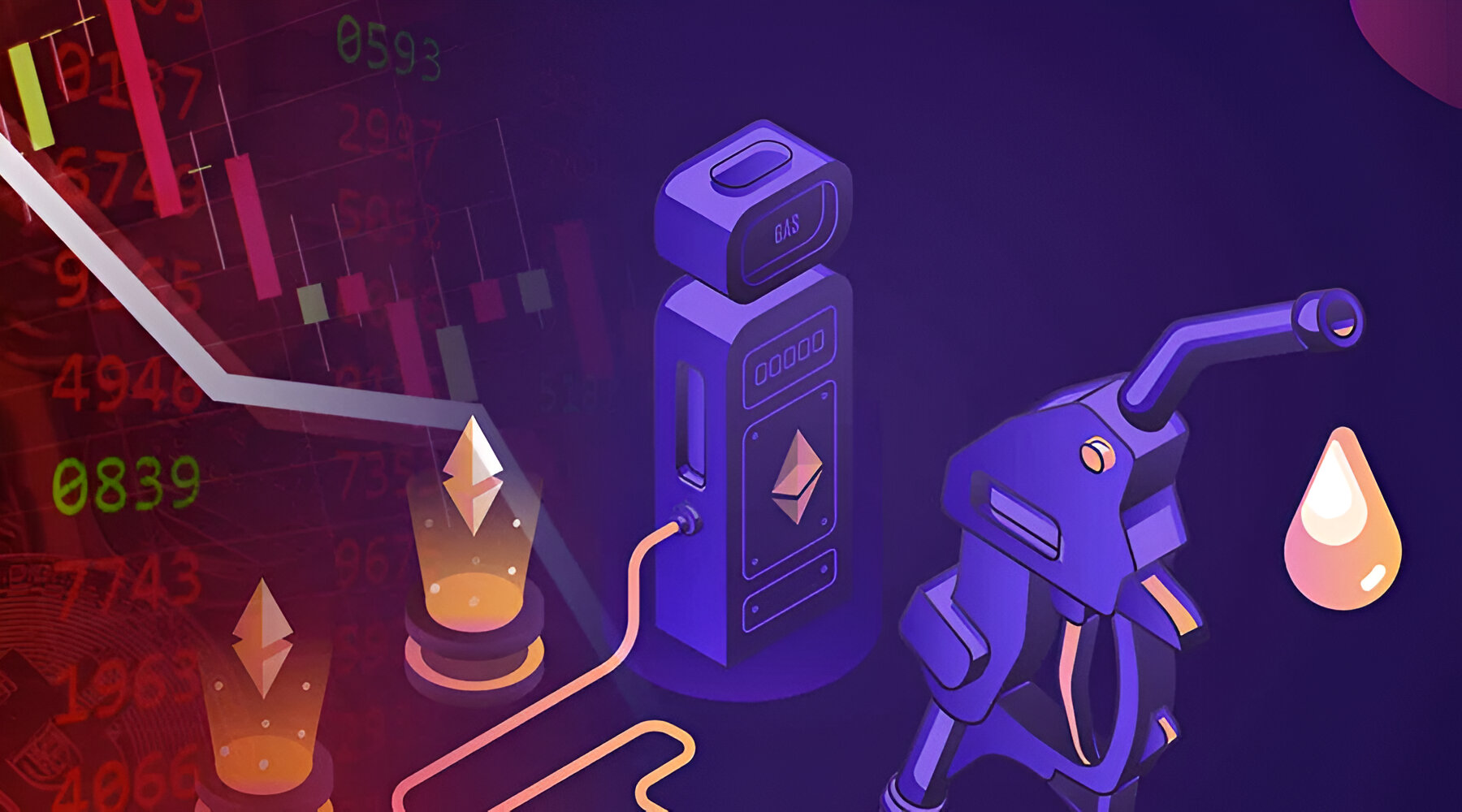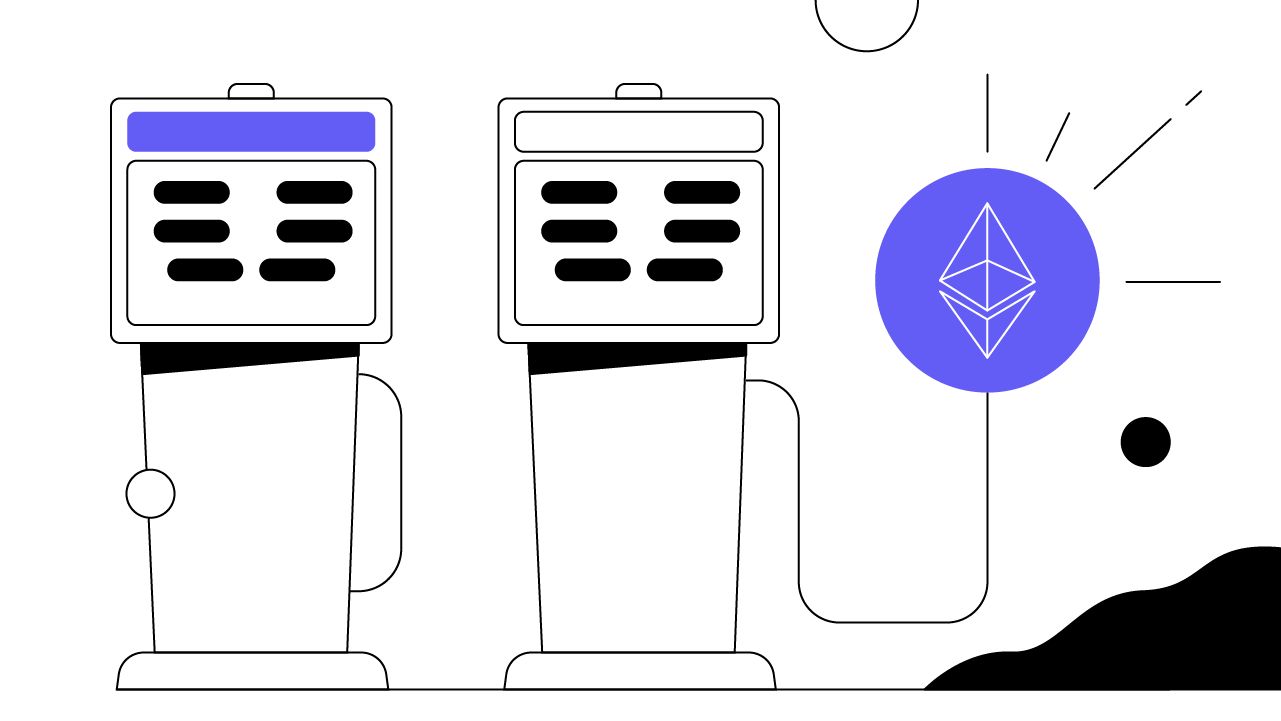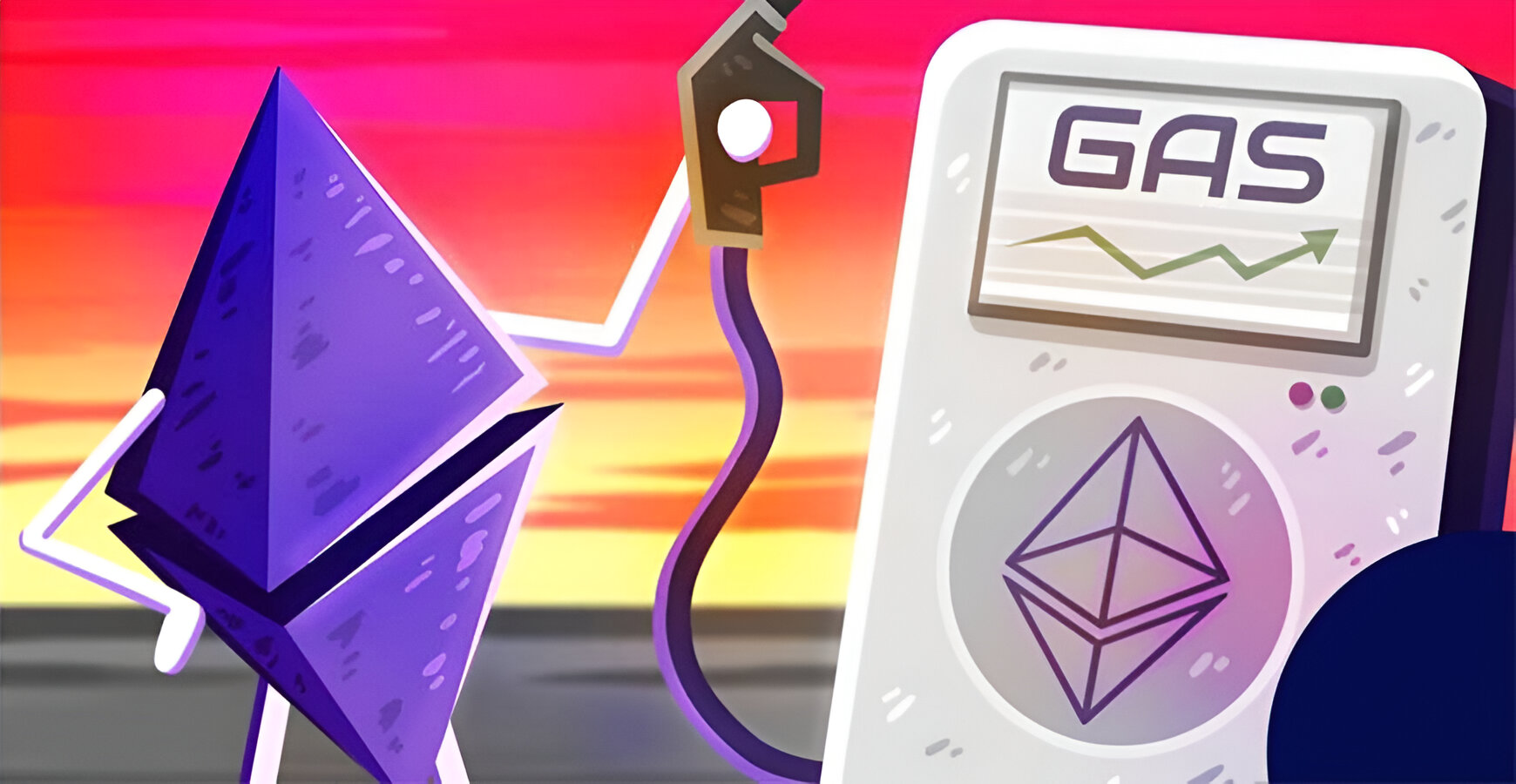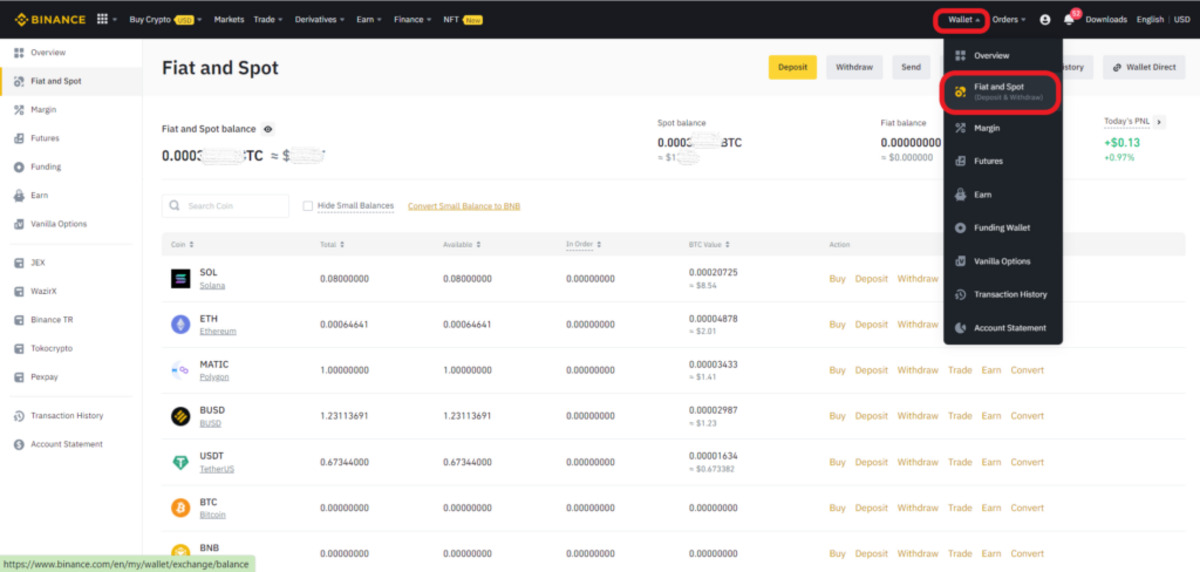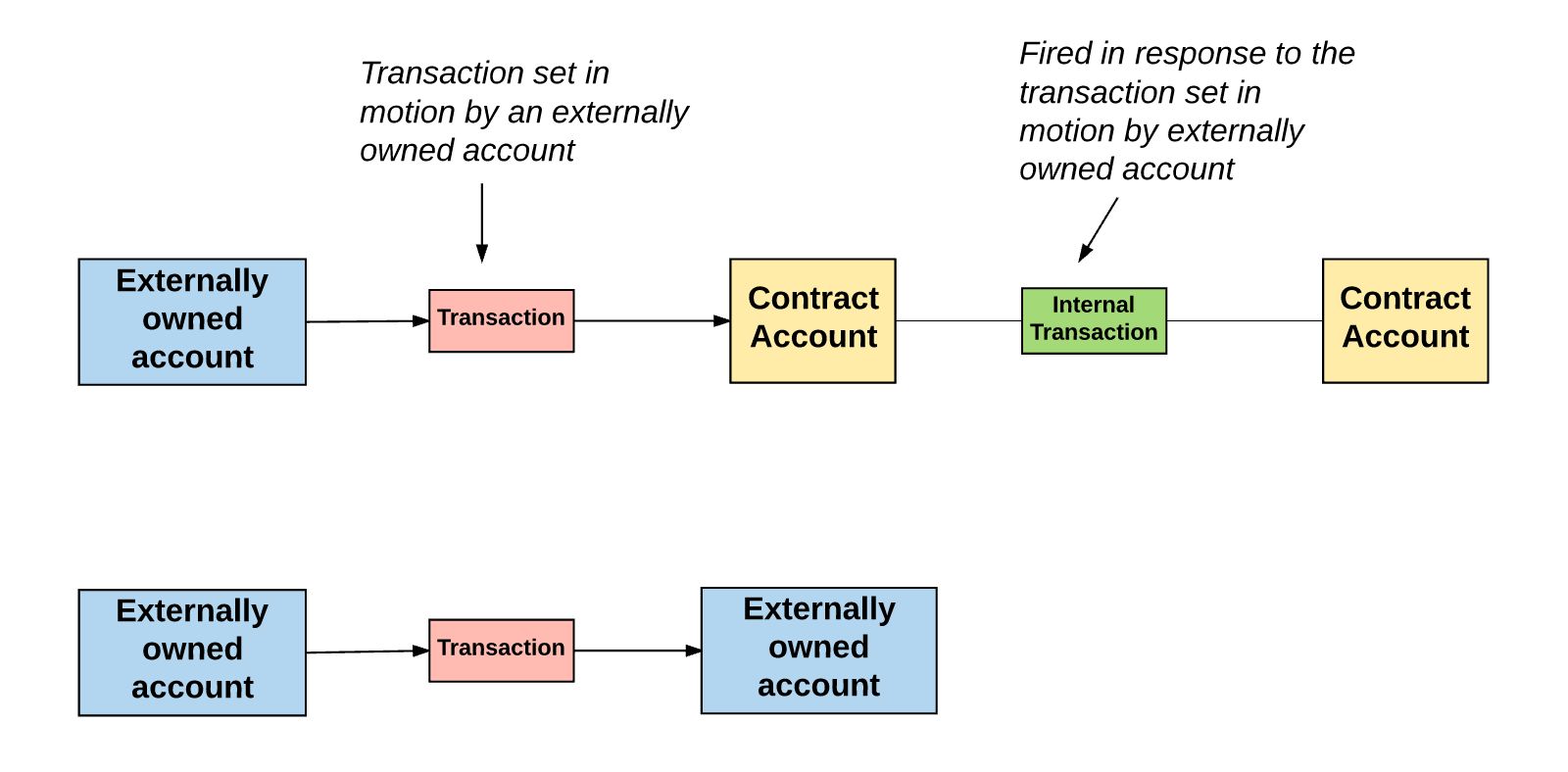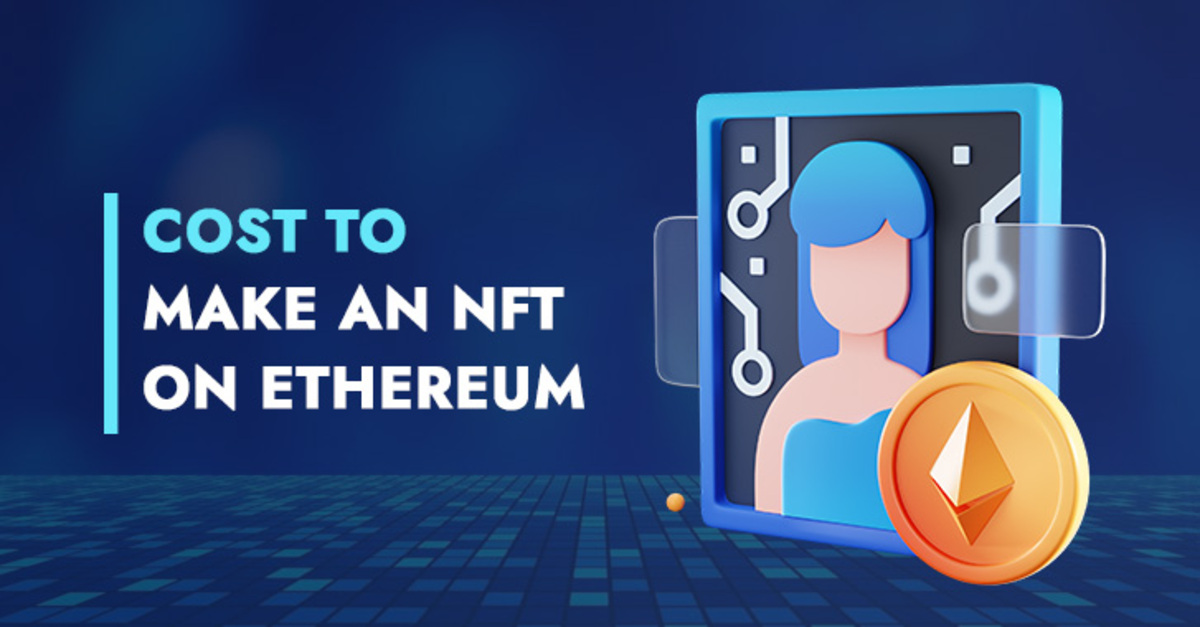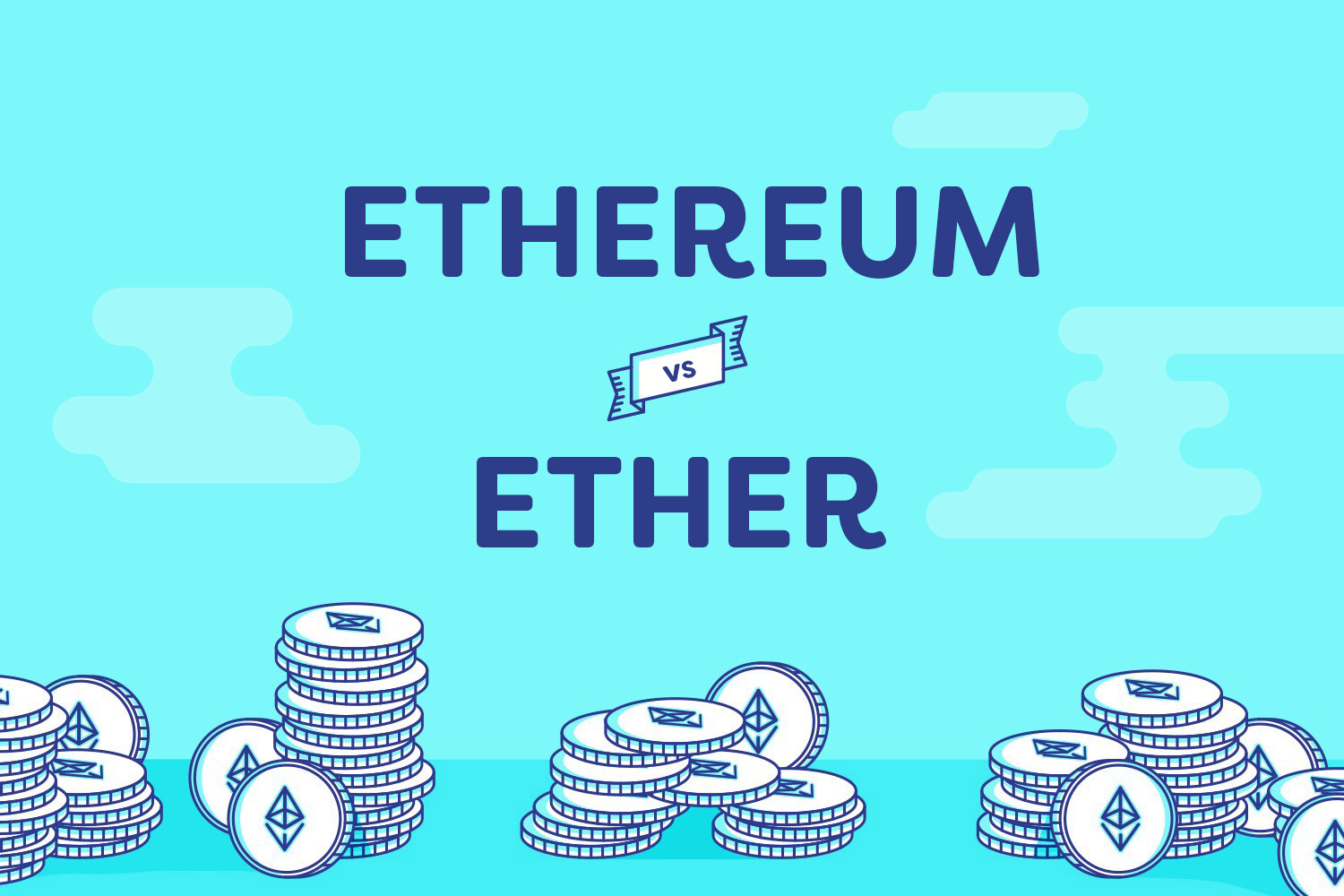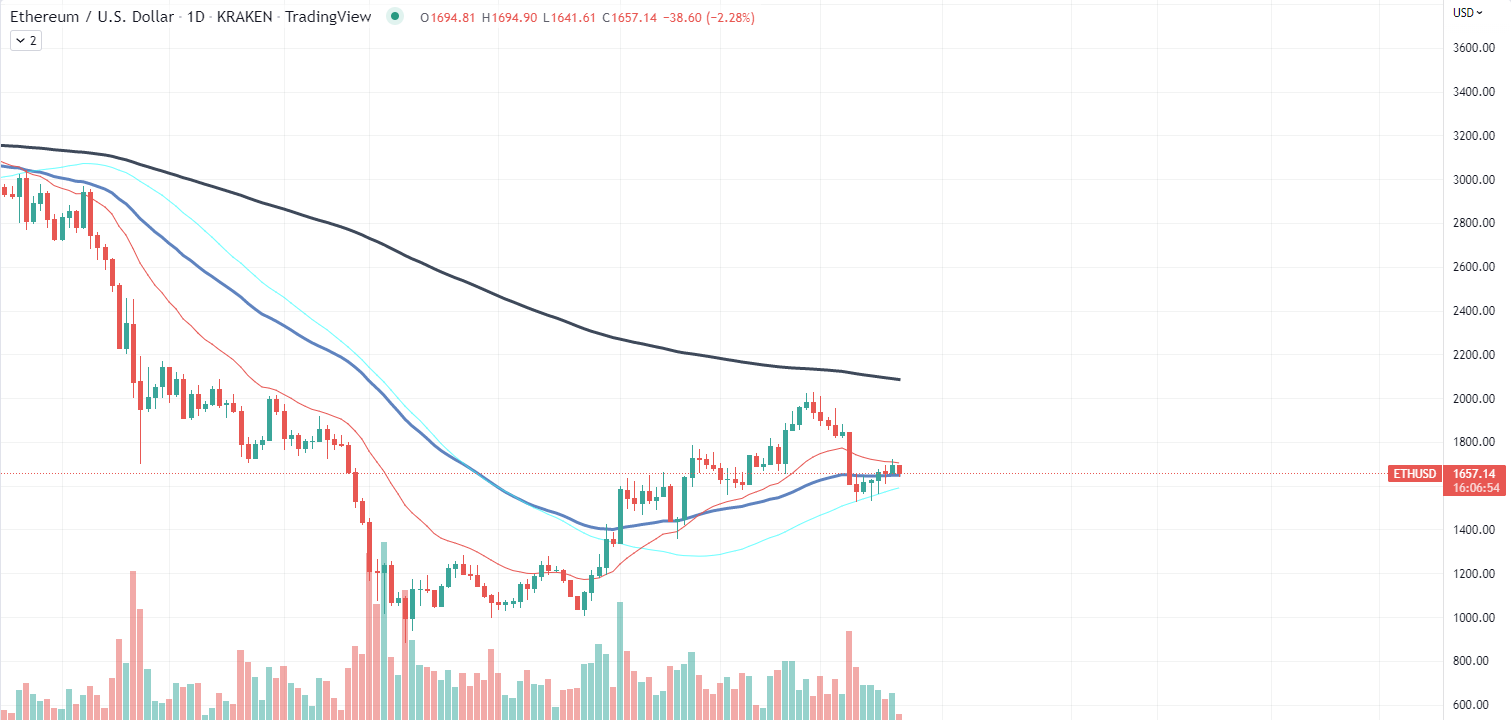The Concept of Ethereum Gas Fee
When it comes to understanding Ethereum, it’s essential to grasp the concept of gas fee. In the Ethereum network, gas refers to the computational effort required to execute a transaction or run a smart contract. Every operation in the network consumes a certain amount of gas, which serves as a measure of computational complexity.
Ethereum gas fee, also known as transaction fee, is the cost incurred for executing and validating a transaction on the Ethereum blockchain. Just like you pay a fee for processing a financial transaction in traditional banking systems, you need to pay a gas fee to miners who process and include your transaction in a block on the Ethereum network.
The gas fee is denoted in Ether (ETH) and is calculated based on two factors: gas limit and gas price. The gas limit is the maximum amount of gas allowed for a particular transaction, while the gas price is the amount of Ether you are willing to pay for each unit of gas. The total gas fee is determined by multiplying the gas limit by the gas price.
Why is there a need for gas fee? It serves multiple purposes in the Ethereum network. Firstly, it discourages spam and Denial of Service (DoS) attacks by requiring the sender to pay for the computational resources used. Secondly, it incentivizes miners to validate and process transactions by rewarding them with the gas fees paid by users.
The gas fee also plays a crucial role in prioritizing transactions. Miners typically choose to include transactions with higher gas fees first, as it allows them to earn more rewards. Therefore, users who pay a higher gas price have a greater chance of having their transactions processed quickly.
It’s worth noting that the gas fee is not fixed and can vary depending on the network congestion. During periods of high demand, such as in times of network congestion or when there is increased activity on the Ethereum blockchain, the gas prices tend to rise.
In summary, Ethereum gas fee is the cost users pay for executing transactions and running smart contracts on the Ethereum network. It ensures the proper functioning and security of the network while incentivizing miners. Understanding gas fees is crucial for anyone looking to engage in transactions on the Ethereum blockchain.
Factors Affecting Ethereum Gas Fee
Several factors influence the Ethereum gas fee, causing it to fluctuate. It’s important to be aware of these factors as they can impact the cost and speed of your transactions on the Ethereum network.
Network Congestion: The level of activity on the Ethereum network has a direct impact on gas fees. During periods of high demand and congestion, there is limited space in each block for transactions to be included. As a result, gas fees tend to rise as users compete to have their transactions processed quickly.
Gas Price: The gas price determines how much Ether you are willing to pay for each unit of gas. It is set by the user and affects the priority of a transaction. Higher gas prices increase the likelihood of faster transaction processing, as miners are incentivized to include transactions with higher gas fees in the blocks they mine.
Gas Limit: The gas limit specifies the maximum amount of gas allowed for a transaction. It is set by the sender and defines the complexity and computational resources required for the transaction. Transactions with higher gas limits consume more gas and, therefore, require higher gas fees to be processed.
Smart Contract Complexity: Smart contracts are self-executing contracts with predefined rules and conditions. The complexity of a smart contract directly impacts the gas fee required for its execution. More complex smart contracts require additional computational resources, resulting in higher gas fees.
Storage and Computation: The amount of storage and computation required by a transaction or smart contract also affects the gas fee. More storage and intensive computations increase the gas fee, as they consume more computational resources on the Ethereum network.
Ethereum Gas Price Market: Similar to other cryptocurrencies, the gas price fluctuates based on supply and demand dynamics in the Ethereum gas fee market. Factors such as market speculation, user behavior, and network upgrades can influence the gas price.
Understanding these factors is crucial for managing Ethereum gas fees effectively. By staying informed about the network’s congestion levels and adjusting gas prices and limits accordingly, users can optimize transaction costs and minimize delays in processing.
How Gas Price is Determined
The gas price in Ethereum is determined by market forces and user preferences. It follows a decentralized and dynamic pricing mechanism that allows users to prioritize their transactions based on the gas fees they are willing to pay. Understanding how the gas price is determined is essential for optimizing transaction costs on the Ethereum network.
Miners play a crucial role in determining the gas price. When a user sends a transaction, they specify the gas price they are willing to pay for each unit of gas. Miners have the freedom to choose which transactions to include in the blocks they mine. Naturally, miners are incentivized to prioritize transactions with higher gas fees, as it allows them to maximize their earnings.
The gas price is influenced by two primary factors: network demand and miner behavior. When there is high demand on the Ethereum network and limited space in each block, users tend to increase their gas prices to ensure prompt transaction processing. As a result, the average gas price rises to incentivize miners and encourage them to include these higher-paying transactions in their blocks.
Miner behavior also plays a significant role in determining the gas price. Miners have the power to set a minimum acceptable gas price for inclusion in their blocks. If a user specifies a gas price below this threshold, their transaction may face delays or even be excluded from the blocks. Miners’ decisions are influenced by various factors, including their own cost of operations and the profitability of validating transactions.
Users have the flexibility to adjust their gas prices according to their urgency and budget. Some wallets and DApps provide users with options to set gas prices manually, while others offer automatic gas price recommendations based on current network conditions. It’s important for users to evaluate the urgency of their transactions and consider market trends when setting gas prices.
Additionally, gas price estimation websites and tools are available that provide historical and real-time data on gas prices. These resources can help users make informed decisions by analyzing past trends and understanding the current state of the Ethereum gas fee market.
Overall, the gas price in Ethereum is determined by the interplay between network demand, miner behavior, and user preferences. By keeping track of market dynamics, users can adjust their gas prices strategically to optimize transaction costs and increase the likelihood of timely transaction processing.
Calculating Ethereum Gas Fee
Calculating the Ethereum gas fee involves understanding the concepts of gas limit and gas price. By determining these two values and multiplying them together, you can easily calculate the total cost of executing a transaction or running a smart contract on the Ethereum network.
Gas Limit: The gas limit is the maximum amount of gas allowed for a transaction. It is set by the sender and represents the computational resources required for the transaction to be processed. The gas limit is typically determined based on the complexity of the transaction or the smart contract being executed. It is important to set the gas limit appropriately to ensure that the transaction is successfully executed without running out of gas.
Gas Price: The gas price determines how much Ether you are willing to pay for each unit of gas. It is set by the user and influences the priority of a transaction. Higher gas prices incentivize miners to include the transaction in their blocks more quickly. The gas price is typically denoted in Gwei, which is a subunit of Ether.
To calculate the Ethereum gas fee, simply multiply the gas limit by the gas price. For example, if the gas limit is 300,000 and the gas price is 20 Gwei, the gas fee would be:
Gas Fee = Gas Limit * Gas Price = 300,000 * 20 Gwei = 6,000,000 Gwei
However, it is important to note that Gwei is not the base unit of Ether. To convert the gas fee from Gwei to Ether, divide the result by 1,000,000,000 (1 billion). In our example, the gas fee in Ether would be:
Gas Fee in Ether = 6,000,000 Gwei / 1,000,000,000 = 0.006 ETH
It is essential to consider the current exchange rate of Ether when calculating the gas fee in a specific fiat currency.
Many Ethereum wallets and DApps provide a built-in gas fee estimator that recommends suitable gas prices based on network conditions. These estimators take into account factors such as current gas prices, block space availability, and transaction speeds. Using these tools can help you estimate the gas fee accurately and avoid overpaying or experiencing transaction delays.
By understanding how to calculate the Ethereum gas fee, you can effectively manage your transaction costs and optimize the efficiency and speed of your Ethereum transactions.
Ways to Reduce Ethereum Gas Fee
Reducing Ethereum gas fees can help you save money and optimize the cost of transactions and smart contract executions on the Ethereum network. Here are several strategies to consider:
- Gas Price Optimization: Set the gas price effectively by considering current network conditions. Avoid overpaying by monitoring gas price fluctuations and adjusting your gas price accordingly. Utilize gas price estimation tools to get real-time recommendations based on network demand.
- Gas Limit Optimization: Carefully assess the complexity of your transactions and smart contracts to determine an appropriate gas limit. Setting a lower gas limit can reduce gas fees, but be cautious not to set it too low, as it may result in transaction failures.
- Use Efficiency-Optimized Smart Contracts: When developing or interacting with smart contracts, opt for efficiency-optimized code to reduce gas consumption. Avoid unnecessary computations and storage operations to minimize gas fees. Conduct thorough testing and optimization to ensure the most efficient contract execution.
- Batch Transactions: If you have multiple low-value transactions to execute, consider batching them into a single transaction. By combining several transactions into one, you can save on gas fees by paying a single transaction fee instead of separate fees for each transaction.
- Optimize Data Storage: Be mindful of the data storage operations within your smart contracts. Reduce unnecessary storage operations and minimize the amount of data stored to lower gas consumption. Consider external storage solutions for larger amounts of data that do not need to be stored directly on the Ethereum blockchain.
- Choose Non-Peak Times: Monitor network congestion and choose non-peak times for executing your transactions. During periods of high network activity, gas fees tend to be higher. By avoiding peak times, you can potentially save on gas fees.
- Monitor Gas Fee Marketplaces: Gas fee marketplaces allow users to monitor and compare gas prices on different Ethereum networks. Keep an eye on these marketplaces to find better deals and lower gas prices for your transactions.
- Explore Layer 2 Solutions: Consider utilizing Layer 2 scaling solutions for certain types of transactions. Layer 2 solutions, such as state channels and sidechains, can significantly reduce gas fees by moving some operations off the Ethereum mainnet while maintaining security and decentralization.
By applying these strategies, you can effectively reduce Ethereum gas fees and optimize the cost of your transactions and smart contract operations. However, it’s important to strike a balance between cost optimization and transaction speed to ensure timely and reliable execution.
Understanding the Importance of Gas Fee in Ethereum Transactions
The concept of gas fee plays a vital role in the efficient functioning of transactions on the Ethereum network. Gas fees serve several important purposes and understanding their importance is key to effectively navigating the Ethereum ecosystem.
Encouraging Proper Resource Allocation: Ethereum gas fees incentivize users to utilize computational resources responsibly. By paying a fee for each operation executed on the network, users are discouraged from spamming the network with unnecessary or malicious transactions. This helps ensure that resources are allocated to legitimate and valuable transactions, maintaining the overall integrity and efficiency of the network.
Incentivizing Miners: Gas fees provide a reward mechanism for miners who validate and process transactions on the Ethereum network. Miners prioritize transactions with higher gas fees, as they stand to earn more Ether by including them in the blocks they mine. This incentivizes miners to contribute their computational power to secure the network and process transactions in a timely manner.
Transaction Prioritization: Gas fees also play a crucial role in determining the order in which transactions are included in blocks. Miners tend to prioritize transactions with higher gas fees, as it allows them to maximize their earnings. Users who are willing to pay higher gas fees have a greater chance of having their transactions processed quickly, ensuring faster confirmation times and reducing the risk of transaction delays.
Dynamic Gas Price Market: The gas fee market in Ethereum is decentralized and dynamic, responding to changes in network demand and user preferences. The market forces of supply and demand influence the gas price, allowing users to adapt their gas prices based on network conditions. This dynamic nature of gas fees ensures a fair and competitive environment, where users can adjust their fees to reflect their urgency and optimize transaction costs.
Network Sustainability: Gas fees play a crucial role in maintaining the sustainability of the Ethereum network. They provide financial incentives for miners to continue mining, securing the network and validating transactions. Without gas fees, the network would be susceptible to spam attacks, congestion, and a lack of computational resources, hindering its ability to operate effectively.
Understanding the importance of gas fees in Ethereum transactions is crucial for users looking to interact with the Ethereum network. It enables users to make informed decisions regarding gas prices, prioritize transactions effectively, and optimize transaction costs while contributing to the overall network security and efficiency.
Comparing Ethereum Gas Fee with Other Cryptocurrencies
Ethereum gas fees have been a subject of discussion and comparison with gas fees in other cryptocurrencies. Let’s explore how Ethereum gas fees compare to those of other popular cryptocurrencies.
Bitcoin: Bitcoin, being the first and most widely recognized cryptocurrency, has a different transaction fee structure compared to Ethereum. Bitcoin fees are typically based on the size in kilobytes (KB) of the transaction, rather than the computational complexity. This makes Bitcoin fees less volatile compared to Ethereum gas fees. However, Bitcoin transaction fees can be higher during periods of increased demand on the network.
Litecoin: Litecoin, often referred to as the silver to Bitcoin’s gold, also utilizes a transaction fee structure similar to Bitcoin. However, Litecoin transaction fees are generally lower compared to Bitcoin. This makes it more cost-effective for smaller transactions and day-to-day usage.
Binance Smart Chain (BSC): Binance Smart Chain is a popular blockchain that runs parallel to the Binance Chain. BSC’s gas fees tend to be significantly lower than Ethereum gas fees due to its consensus mechanism and more centralized nature. BSC has gained popularity for its lower transaction costs, particularly for decentralized finance (DeFi) applications.
Polkadot: Polkadot is a multi-chain platform that allows interoperability between different blockchains. Its native token, DOT, is used for transaction fees. The gas fees on Polkadot can vary depending on network congestion but are generally lower compared to Ethereum.
Cardano: Cardano, a blockchain platform known for its focus on security and scalability, has a different model for transaction fees. Cardano transaction fees are based on the computational resources required to process the transaction, similar to Ethereum gas fees. However, Cardano’s fees are typically lower than Ethereum’s, making it an attractive option for cost-conscious users.
Solana: Solana is a high-performance blockchain platform designed for decentralized applications (dApps) and DeFi. Solana’s gas fees are significantly lower than Ethereum, offering faster and cheaper transactions. The low gas fees on Solana have attracted developers and users looking for an alternative to Ethereum for their projects.
It’s important to note that gas fees can vary within each cryptocurrency ecosystem, influenced by factors such as network congestion, transaction volume, and market dynamics. It’s advisable to consult up-to-date sources or fee estimators to get a more accurate comparison of gas fees between different cryptocurrencies.
In summary, Ethereum’s gas fees have been traditionally higher compared to some alternative cryptocurrencies. However, the emergence of other blockchain platforms with lower fees and faster transaction speeds has prompted users and developers to explore alternatives. As the cryptocurrency landscape continues to evolve, it is crucial to consider gas fees as an important factor when choosing a blockchain platform for specific use cases.
Tips for Managing Ethereum Gas Fee
Managing Ethereum gas fees effectively can help optimize transaction costs and ensure smooth interactions on the Ethereum network. Here are some tips to consider:
- Stay Informed: Keep track of network congestion and gas price trends. Monitor gas fee marketplaces and gas price estimators to get real-time insights into gas prices and transaction costs. Being informed about the current state of the network can help you make more strategic decisions.
- Optimize Gas Usage: Review your smart contracts and transactions to identify areas where gas consumption can be minimized. Optimize the code and remove unnecessary computations or storage operations. By reducing gas usage, you can lower the associated gas fees.
- Adjust Gas Price: Consider adjusting your gas price based on network conditions. During times of high network congestion, increasing your gas price slightly can improve the likelihood of faster transaction processing. However, be mindful of setting a reasonable gas price to avoid overpaying unnecessarily.
- Batch Transactions: Whenever possible, batch multiple transactions into a single transaction. This allows you to pay a single gas fee instead of multiple fees for individual transactions, resulting in cost savings. However, be mindful of the gas limit to avoid exceeding the block’s capacity.
- Use Off-Peak Times: During periods of high network activity, gas fees tend to be higher. If your transactions are not time-sensitive, consider executing them during off-peak times when the network is less congested. This can help reduce gas fees and improve transaction processing speed.
- Explore Layer 2 Solutions: Consider utilizing Layer 2 scaling solutions, such as sidechains or state channels, for certain types of transactions. These solutions move some operations off the Ethereum mainnet, reducing gas fees while maintaining security. Evaluate different Layer 2 options to find the one that aligns with your specific needs.
- Estimate Gas Fees: Utilize gas price estimation tools provided by wallets or DApps to estimate gas fees before confirming transactions. These tools can suggest suitable gas prices based on network conditions, ensuring that you optimize your transaction costs without overpaying.
- Monitor Gas Fee Reduction Techniques: Keep yourself updated with new developments and techniques for reducing gas fees. As the Ethereum ecosystem evolves, new strategies may emerge to optimize gas usage and lower transaction costs. Stay connected with the Ethereum community to learn about the latest advancements in gas fee management.
By implementing these tips, you can effectively manage Ethereum gas fees and optimize your transaction costs. It’s essential to strike a balance between cost optimization and transaction speed to ensure a smooth and cost-effective Ethereum experience.







